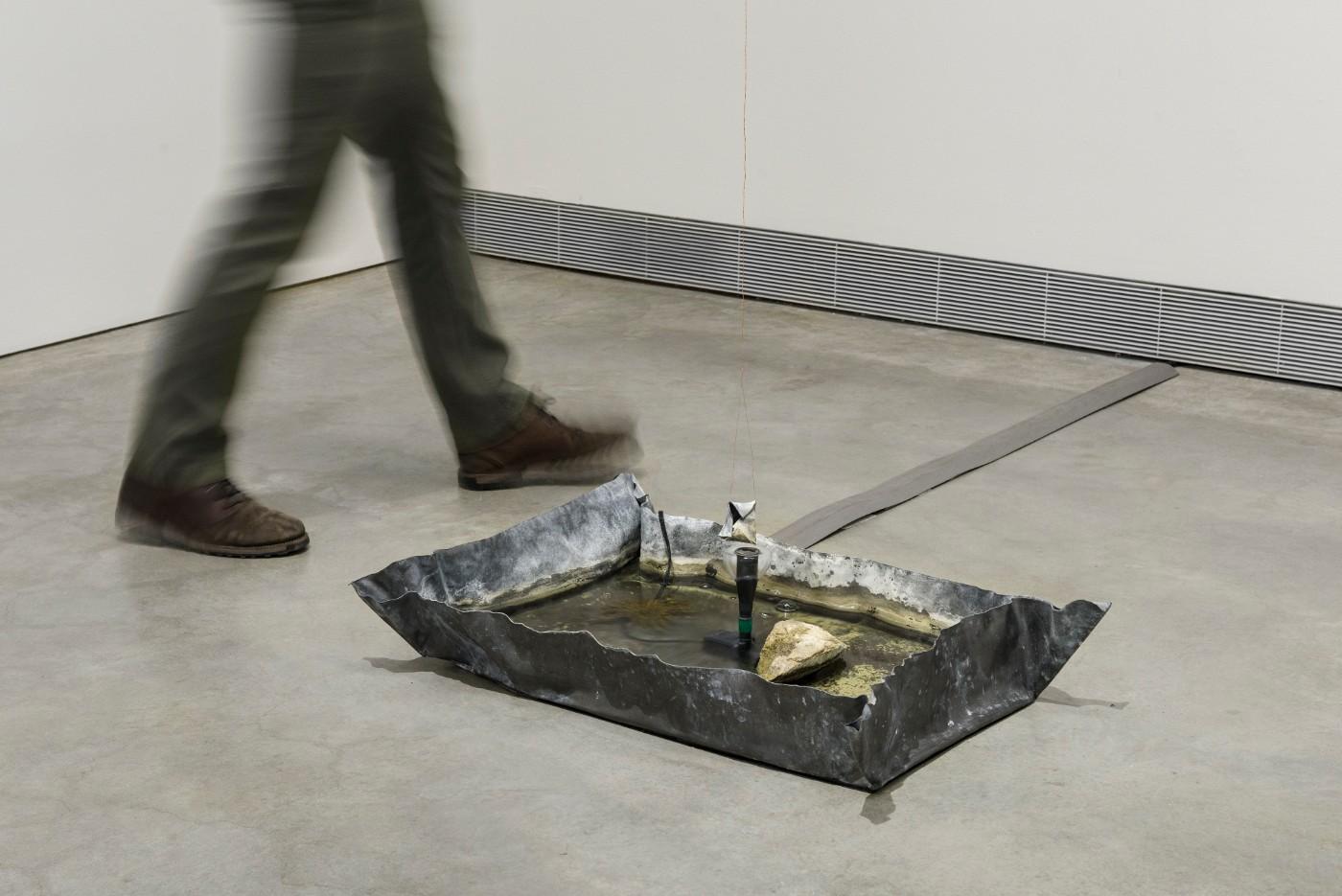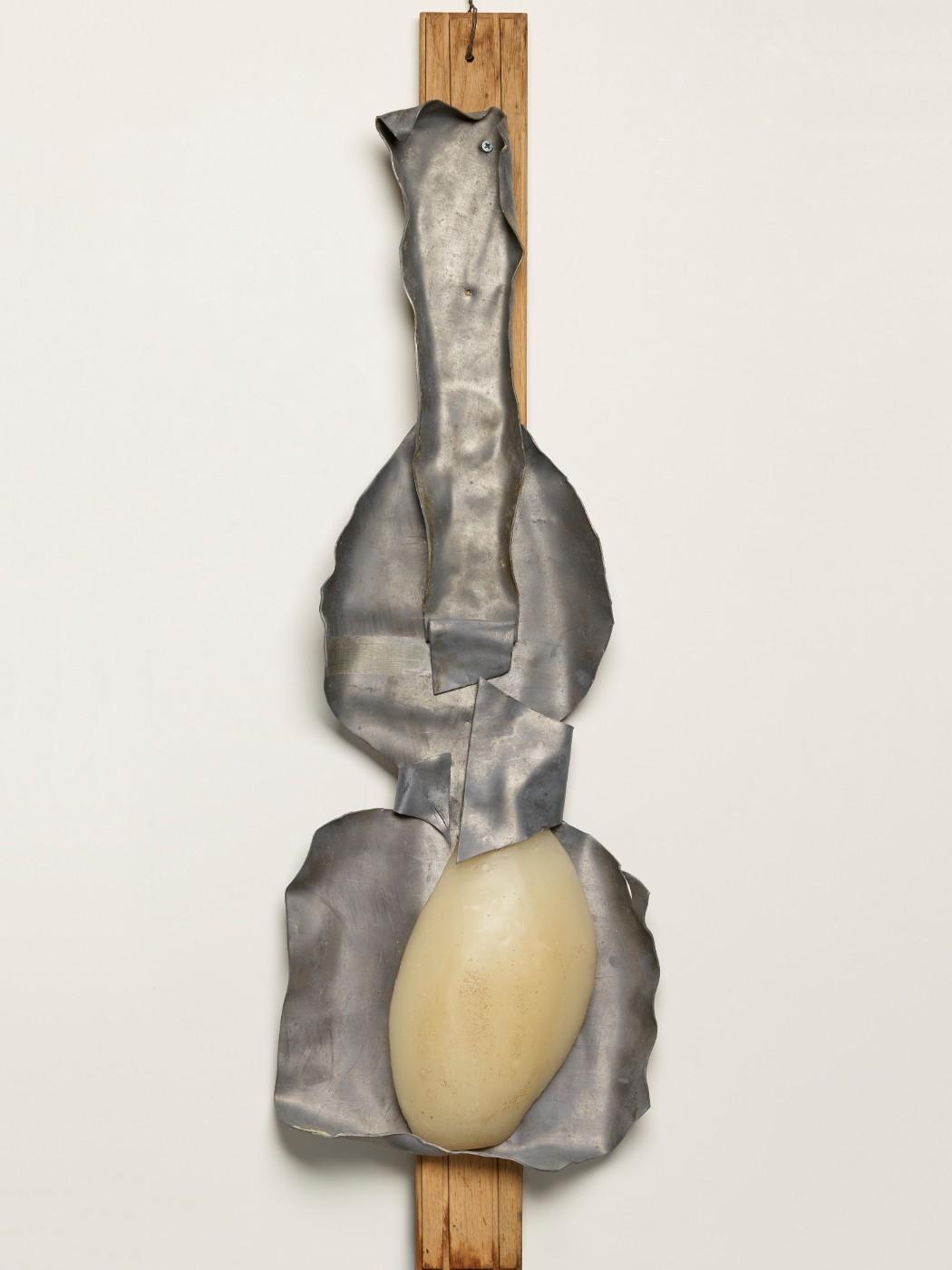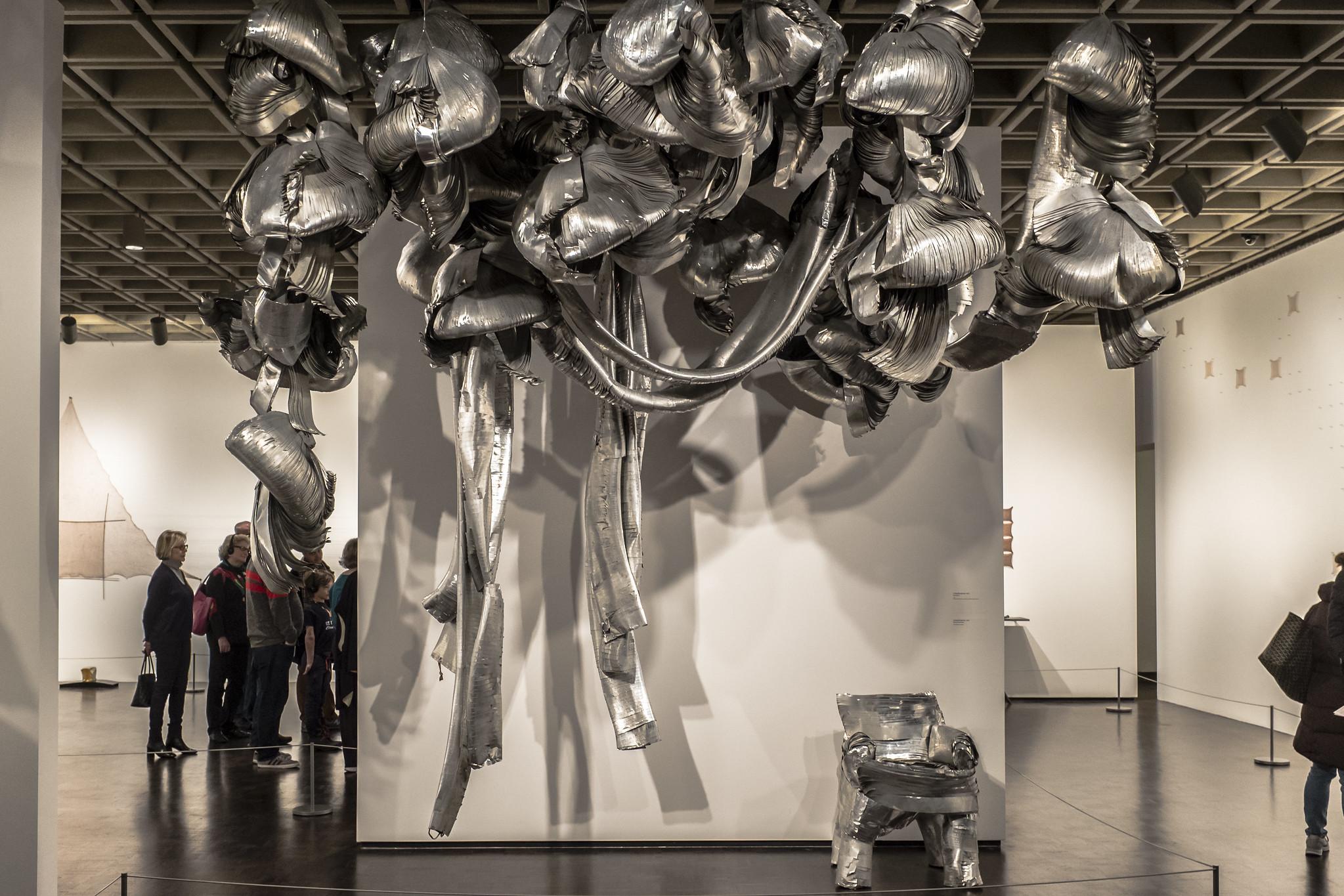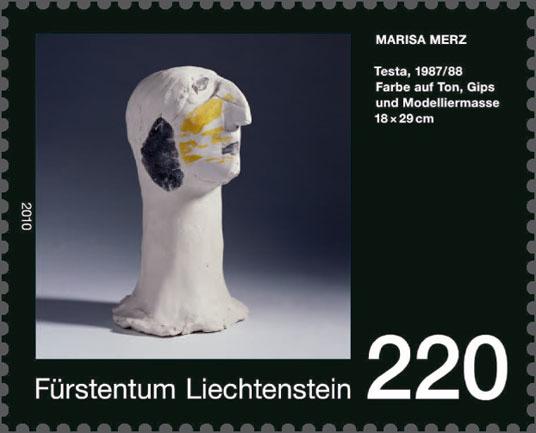Born in 1926, she met her match in fellow artist Mario Merz (1925-2003), who she married in 1960. Together they were major figures in a movement that elevated everyday objects, experiences and materials to the realm of art.
Coined in 1967 by Italian art critic Germano Celant, Arte Povera was considered a radical attack on the institutionalized art world. For the Merz’s and their Italian contemporaries, merging art and life was essential, and they applied this ethos to all areas of their work, philosophies, and relationships. Emphasizing process over product, almost any event or action could be considered a potential artistic process. In this way, Arte Povera helped usher in a deeply personal era of post-War art, where art was part of and not elevated above daily life.
Merz used her art to document her everyday experiences as a wife and mother, a topic that was groundbreaking at the time. She also made use of craft techniques, like weaving and knitting, methods that were typically relegated to ‘women’s work.’ Combined with her use of more industrial materials, like aluminum, copper wire, and unfired clay, her works navigate the space between private and public, delicate and indestructible, feminine and masculine.




























